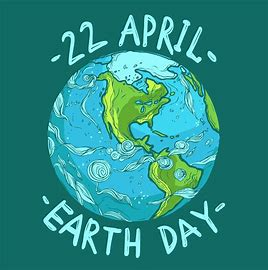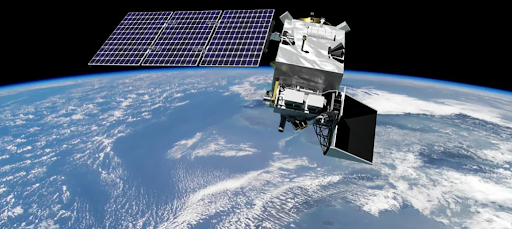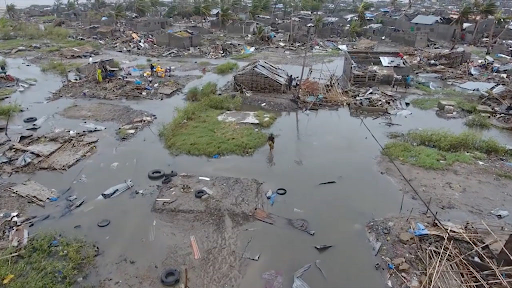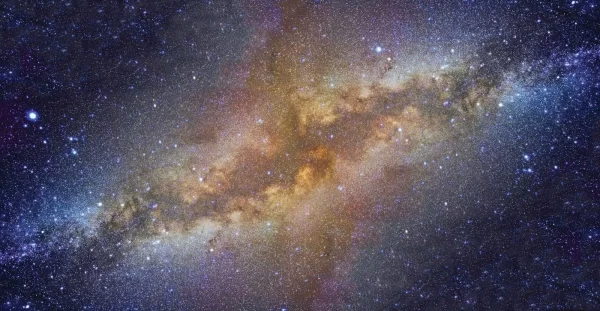Svalbard: A Bellwether For Climate Change
This is the first in a series of articles exploring island societies to examine how issues affecting small isolated communities can help us understand the world as a whole.
There’s a place on earth where it is illegal to die.
Svalbard is a Norwegian archipelago located in the Arctic Ocean, approximately 650 miles from the North Pole, and is the northernmost year-round settlement on earth. Dying has been outlawed since 1950, when the residents realized corpses buried in their cemeteries could not decompose. Due to the cold weather, the soil is permanently below the freezing point, and referred to as permafrost. The corpses are effectively preserved as mummies in nature’s refrigerator.
Aside from the creepy prospects of intact bodies permanently residing in cemeteries, scientists discovered that victims of the deadly 1918 Spanish Flu that were buried in Svalbard still harbor live viruses. The possibility of these dormant pathogens escaping from the cemetery to wreak havoc, 100 years after killing over 50 million people, obligated the government to pass a law forbidding any more burials. Consequently, all seriously ill or injured individuals must be flown out of the islands immediately.
One may question why anyone would want to die in Svalbard. But a more appropriate question is why anyone would want to live in or visit this isolated outpost that endures four straight months of darkness every winter. There are no trees and only small clumps of grass sprout during the short summers. Most of the roughly 3000 residents live in the town of Longyearbyen, where there are no Starbucks or McDonald’s. Cat lovers are out of luck as well, as their furry friends are forbidden in Svalbard as they pose a threat to birds that dare to lay their eggs in these harsh arctic islands. And if you want to hike one of the barren mountains, scale a glacier, or kayak through the fjords, it is required by law that you carry a warning flare pistol and a rifle to fend off polar bears that outnumber the human population.
The majority of the hearty citizens who call Svalbard home are employed by coal mines, research institutions, or the tourism industry. Daily commercial flights, as well as cruise ships, bring curious tourists who hope to get a glimpse of polar bears or walruses. Adventurers can check Svalbard off their bucket list, convinced they have been as close to Santa Claus as humanly possible. Visitors of these remote islands will find that the stark landscapes may not be beautiful in the traditional sense, but are otherworldly, transporting individuals to a mythical land truly on the top of the world. And, of course, Svalbard is home to the Global Seed Vault.
In a land where the permafrost prevents human decomposition, the natural refrigerant can also preserve other organic matter, specifically seeds. This realization prompted the American conservationist, Cary Fowler, to establish the Global Seed Vault. Fowler was determined to build a “bank” where spare copies of agriculture seeds can be stored as protection from global or regional catastrophes. The “doomsday” vault was completed in 2008, and the first and only withdrawal was made in 2015 by war-torn Syria.
The Svalbard Global Seed Vault is located on a mountain face directly overlooking the Longyearbyen airport. A winding road quickly leads potential depositors from the airport to the Vault, which is situated 430 feet above sea level. The height of the Seed Vault was chosen to ensure that it would remain dry even if the polar ice caps melted. To keep the seeds frozen in perpetuity the Vault was placed 390 feet deep into sandstone bedrock that remains at -3 ˚C all year round. A generator, powered by locally mined coal, refrigerates the Vault to -18 ˚C, but even if the generator fails, the low temperature of the permafrost should be able to preserve the seeds for hundreds of years.
During the summer months, several regularly scheduled commercial flights, which are packed with mostly Norwegian vacationers, land in Svalbard. A 9:45 pm flight from Oslo, one of the most northern capital cities in the world, departs as the sun prepares to set. Strangely, as the plane heads directly north for the three-hour journey, the skies gradually brighten until reaching full daylight as it approaches its destination, where the sun doesn’t set from the middle of April to end of August.
In the summer of 2018, a peculiar site welcomed travelers approaching Longyearbyen Airport. On the steep mountainside, shadowing the landing strip, active construction was taking place. If you looked closer, building material enveloping the Seed Vault came into view. Typically, tourists are never welcome inside the Vault, but can venture to its entrance and marvel at its iconic façade adorned with illuminated artwork. But in 2018, visitors were not permitted to go anywhere near the Vault, because the indestructible structure built to survive a nuclear holocaust was being threatened by a frightening destructive force: water.
2016 was the warmest year on record in Svalbard. This resulted in an unusual amount of mountain snow and glacier melting. Then, the unthinkable transpired, and water breached the entrance of the Vault and entered the tunnel leading to the seeds. Luckily, and perhaps expectantly, the water quickly froze after encountering the sub-zero temperatures of the permafrost, and never directly threatened the contents of the Vault. In response to this troublesome incident, the Norwegian government allocated more than $10 million to renovate the Seed Vault. However, questions remain. As global temperatures continue to rise and permafrost will inevitably melt, scientists are more uncertain whether the Global Seed Vault can continue to boast as the imperishable insurance policy designed to protect precious food supplies from catastrophic disasters.
The locals do not need to see the Seed Vault breech to realize that their world is changing. They will show you how much their favorite glacier has receded. They will roll up their sleeves to show you their lily-white Scandinavian skin as a contrast to their tanned face and hands that have enjoyed the unusually warm weather. They will recount the story of a tourist attacked by a polar bear earlier that the summer. They believe the melting of sea ice has made it more difficult for polar bears to hunt for seals, leaving them malnourished, and forcing them to venture closer to humans. In a land where the earth is frozen stiff, no tree can dream of spreading its roots, and corpses lie persevered for more than a century, no one is a climate change denier. In a land where it’s illegal to die, the inhabitants will bet their lives that their globe is warming.
Svalbard seems like it is in a world by itself, separated from the rest of humanity by the frigid sea. The romantic notion that this island is immune from destructive human forces is a fallacy. Svalbard is not on a different planet; it is an island on the far edge of our planet. Perhaps it serves as a bellwether to warn mankind of impending calamity. As outlawing death will not allow you to live forever, ignoring climate change will not stop its untiring wreckage.








